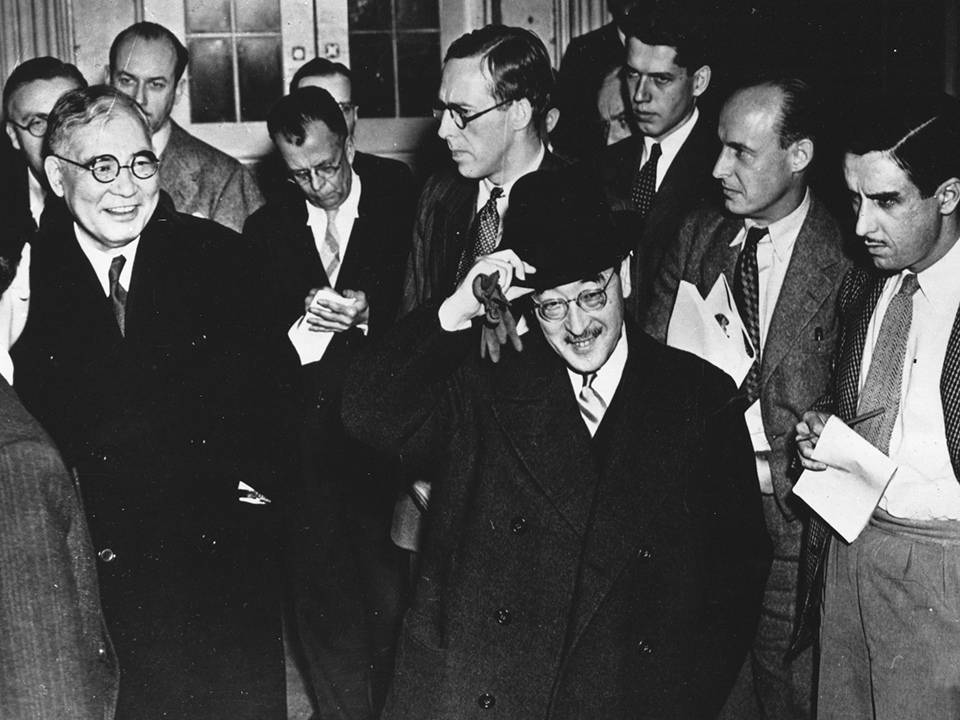RetiredGySgt
Diamond Member
Be VERY SPECIFIC and link to the intercept that said that because the only intercepts I saw said wat I said and then another saying don't offer anything.That is untrue.
The only reservation from total unconditional surrender the Japanese wanted, was some sort of protection for the Emperor.
That was because the role of Emperor was more than political, but also religious.
Of course we know exactly what the Japanese offered to the Soviets, but it was absolute.
They were willing to give up everything but the Emperor.

